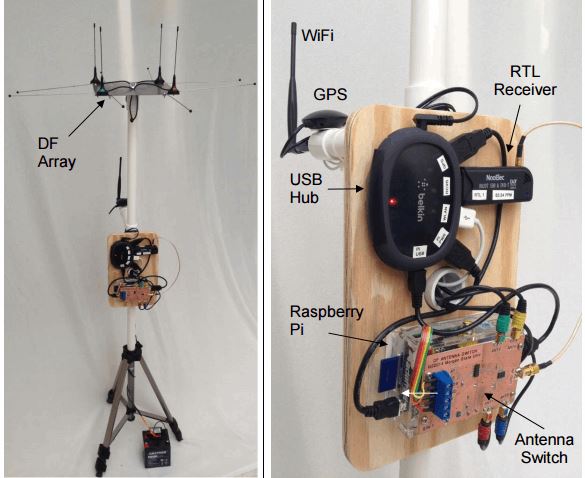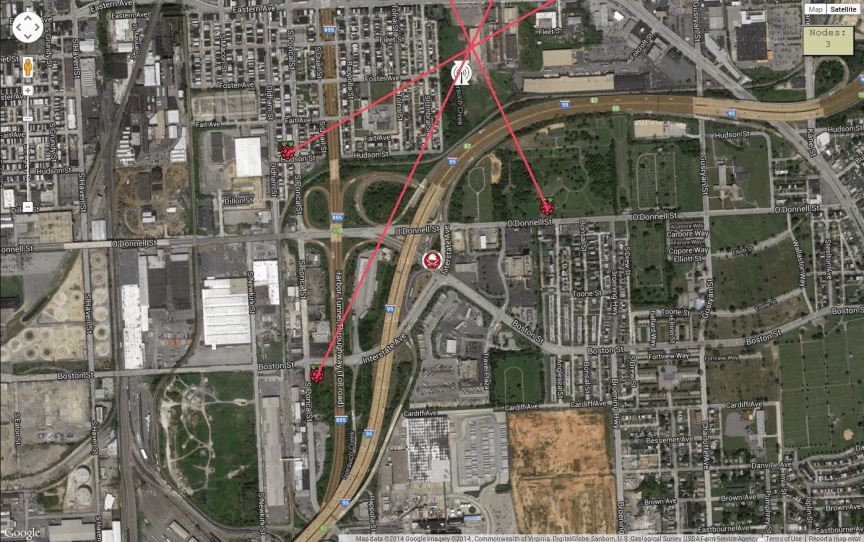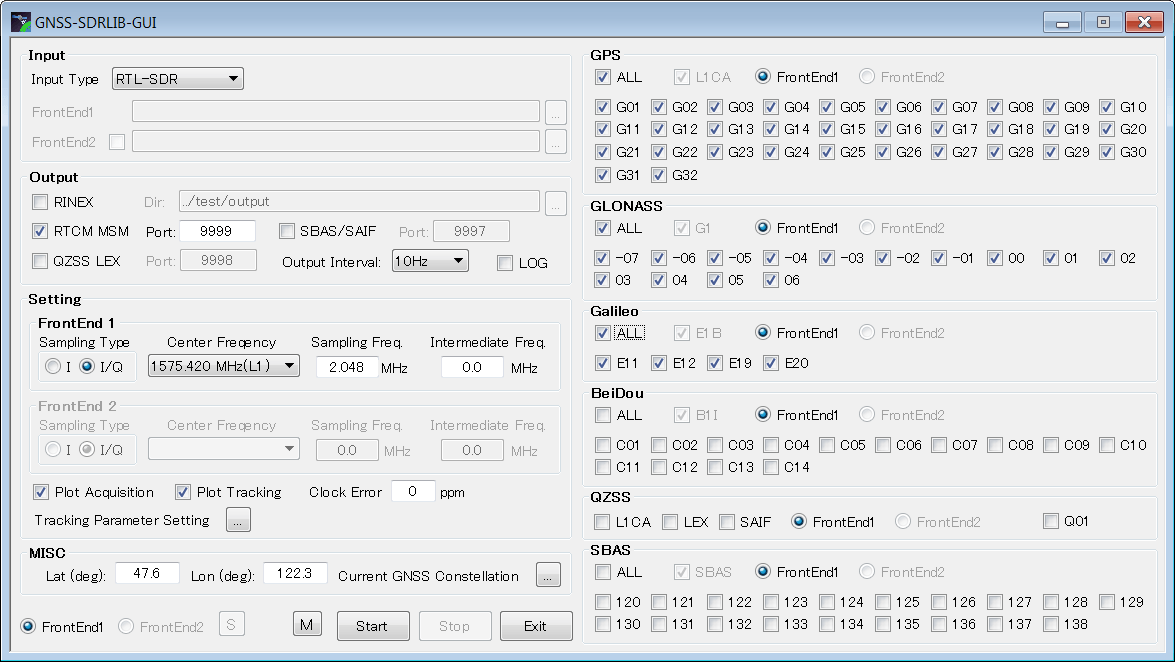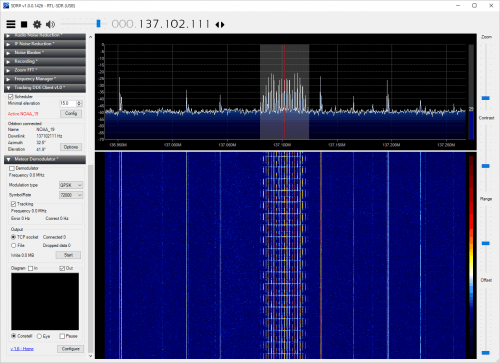Signal Direction Finding with an RTL-SDR, Raspberry Pi and REDHAWK
Something we missed posting about from last year was this presentation on “RasHAWK”, a direction finding system (pdf) built out of a Raspberry Pi, an RTL-SDR and four antennas on a 4 way switch running software created with REDHAWK. REDHAWK is a visual DSP development platform that can be considered similar to GNU Radio or some parts of MATLAB. The authors write:
The RasHAWK team has used a Raspberry Pi as the basis for a networked RF sensor capable of supporting spectrum monitoring, signal intercept and direction finding (DF) operations.
Several RasHAWK sensors are deployed in a distributed sensor grid, wirelessly tethered to a command and control (C2) laptop. The system has the following key features and capabilities:
- A simple operator interface to configure the sensors
- Falling raster and PSD displays to monitor the spectrum for signal activity
- Demodulate FM signals from target FRS radios and play audio on selected channels
- Perform coarse DF on target emitters
- Display a map of the surrounding terrain that is annotated with the positions of the sensors, the target emitter and calculated lines of bearing (LOB) to the target. The map provides a RF Common Operating Picture (COP) with can be viewed on WiFi enabled tablets or smartphones.
Each RawHAWK sensor can determine the bearing of transmitted signal. By combining several networked RasHAWK sensors at different locations they are able to pinpoint the actual location of the transmitter on a map.





